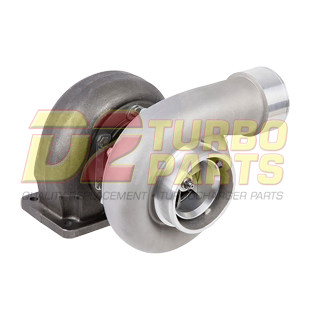Proizvodi - Turbochargers
A turbocharger, colloquially known as a turbo, is a turbine-driven, forced induction device that increases an internal combustion engine's efficiency and power output by forcing extra compressed air into the combustion chamber. This improvement over a naturally aspirated engine's power output is due to the fact that the compressor can force more air (and proportionately more fuel) into the combustion chamber than atmospheric pressure (and for that matter, ram air intakes) alone. The objective of a turbocharger is to improve an engine's volumetric efficiency by increasing density of the intake gas (usually air) allowing more power per engine cycle. The turbocharger's compressor draws in ambient air and compresses it before it enters into the intake manifold at increased pressure.
A turbocharger consists of a compressor wheel and exhaust gas turbine wheel coupled together by a solid shaft and that is used to boost the intake air pressure of an internal combustion engine. The exhaust gas turbine extracts energy from the exhaust gas and uses it to drive the compressor and overcome friction. In most automotive-type applications, both the compressor and turbine wheel are of the radial flow type. Some applications, such as medium- and low- speed diesel engines, can use an axial flow turbine wheel instead of a radial flow turbine.






